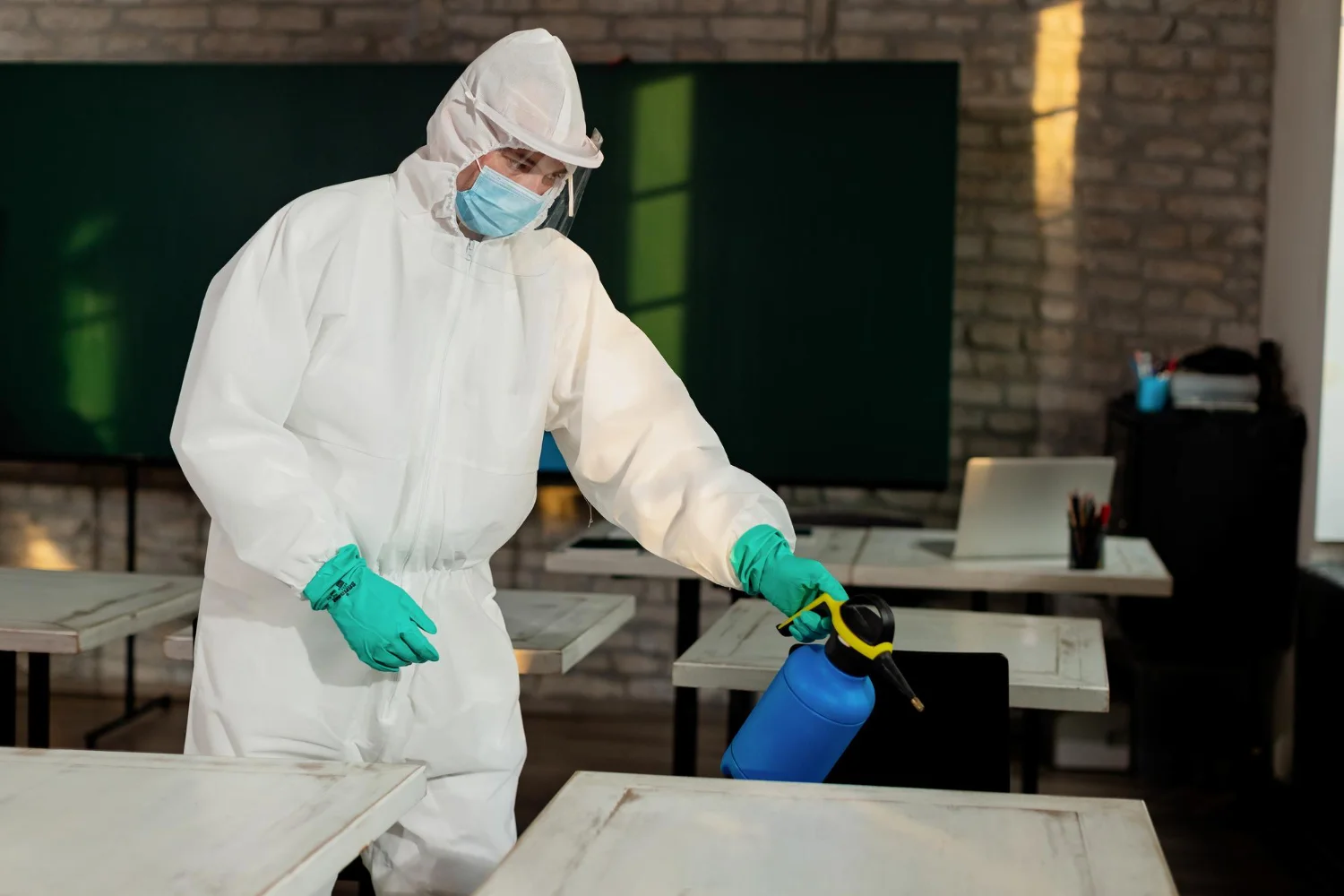Getting ready for a building and pest inspection might seem like a big task, but a little preparation can make all the difference. Think of it like tidying up for a visit from a guest who’ll be checking every nook and cranny. By taking the time to prepare your property properly, you’re not just saving time and hassle on the inspection day itself, but you’re also making sure that everything goes off without a hitch.
Imagine that this is your chance to showcase the best aspects of your property. By organizing and decluttering ahead of time, you’re setting the stage for a smooth inspection. Plus, making these small improvements can make the process more efficient, leading to a less stressful experience overall. Let’s dive into what you should clear out before the inspector shows up.
Decluttering the Property
Tidying up both the inside and outside of your property is a great place to start. Not only does this help in giving the inspector clear access to all areas, but it also ensures that nothing gets overlooked. Think of it as removing any distractions so the important stuff shines through.
Inside your home, focus on removing or organizing personal items that might be scattered about. Here are a few simple ways to get started:
– Living Areas: Ensure pathways are clear and surfaces like tables and countertops are free from clutter.
– Storage Spaces: Organize closets and storage areas, and avoid piling items that might limit access.
– Bedrooms: Ensure beds are made and personal belongings are tucked away neatly.
Moving outside, take the time to tidy the yard and garden. Clear away any leaves, branches, or debris that might be lying around, as well as any garden tools or equipment that could obstruct pathways. It doesn’t have to be perfect, just neat enough to give a clear picture of the property’s condition.
Removing Obstructions
Beyond simple tidying, focus on ensuring that inspectors have unrestricted access to all critical areas. Think about what might get in the way during an inspection and how you can clear those pathways.
1. Attics: Clear entryways and ensure there is enough space for an inspector to enter safely. Move stored boxes or items away from access points.
2. Basements or Crawl Spaces: Remove any items that might block access. Ensure pathways are dry and free from obstructions.
3. Mechanical Areas: Areas like utility rooms or HVAC units should be accessible. Shift storage boxes or furniture that may get in the way of doors or panels.
By addressing these obstructions ahead of time, you’ll help the inspection progress smoothly, allowing inspectors to focus on evaluating the important details of your property.
Handling Pets and Animals
Having pets around during an inspection can be a bit of a challenge. It’s best for both your furry friends and the inspectors if pets are kept away for the day. This ensures that the inspection runs smoothly and that your pets aren’t stressed by strangers wandering through their territory. Here’s a simple approach: arrange for a friend or family member to take care of your pets during the inspection. If this isn’t possible, maybe try setting up a cozy spot for them in a room away from where the inspection is happening.
Sometimes just closing the door isn’t enough to keep curious pets at bay. Think about using baby gates or pet crates for added security. By planning ahead, you’ll avoid potential hurdles and make life easier for the inspector. Remember, a calm environment benefits everyone involved.
Clearing Outdoor Areas
Outdoor spaces such as gardens and yards need attention, too. Ensuring these areas are tidy will help inspectors get a clear look at all external structures and features. Start by storing away garden tools, toys, and any outdoor furniture that might block access. Not only does this improve safety, but it also presents your outdoor areas in the best light.
Additionally, pay attention to maintaining clear access to important parts of your home like gutters, downpipes, and foundations. These are areas inspectors will definitely want to check. Getting rid of overgrown plants or excessive leaves around these spots can be beneficial. Imagine your house as a book the inspector needs to read without any pages stuck together. By making these changes, you’ll help ensure that no detail is missed during the inspection.
Summary of Preparation Steps
We’ve covered plenty, so let’s pull it all together. To get your property ready for inspection day, start with a big-picture view. Declutter inside and out, clear pathways, manage pets, and tidy up outdoor areas. Each task helps put your home’s best foot forward. By removing distractions and obstructions, you’re paving the way for a straightforward inspection. Remember, these preparatory steps take some initial effort but pay off by simplifying the whole process.
Ready for Your Inspection Day?
Now that you know what to remove before inspection day, you can approach it with confidence. Turning those tips into action will help you feel prepared and might even alleviate some of the last-minute stress. Consider this an opportunity to see your property from a fresh perspective, revealing its true potential. Embrace this chance to optimize your space and create a smoother experience when the inspection day arrives.
Preparation is key to ensuring your property’s inspection day goes without hitches. If you’re ready to optimize and fully prepare your home, explore the ways C & W Services can assist. Learn more about our thorough approach to successful building and pest inspections, and take the next step toward a seamless inspection process.



